#History of Delhi
Explore tagged Tumblr posts
Text
Delhi History and Culture in English
Ladies and gentlemen, today, we shall delve into the rich tapestry of Delhi, our nation’s cherished capital and the epicenter of its political landscape. Delhi boasts a history that spans millennia.

This ancient city has been the crucible for countless battles and a stage for pivotal political developments throughout its storied past. It is fascinating to witness the transformation of this historic city into the modern metropolis that it has become today. Let us embark on a journey that traverses Delhi’s historical legacy, tracing it through to the contemporary era.
Delhi stands as an emblematic testament to antiquity amongst the world’s historic cities. While the Mahabharata attributes its inception to the Pandavas, who christened it as Indraprastha, contemporary scholarship suggests compelling evidence of the presence of the Indus Valley Civilization near Delhi, notably in Ropar (Punjab).
Read more........
0 notes
Text
Tawaifs and Kothas of Chawri Bazar

Historic walking tours in a city like Delhi are a great initiative to immerse yourself in the stories from the past. The history of Delhi is very fascinating and it is not only just showcased in the monuments and forts, but also in the bustling streets of old Delhi.
It was in 2019, when Enroute Indian History started conducting their flagship heritage walk called ‘Exploring Tawaifs and Kothas of Chawri bazar’. Enroute Indian History is a women-led organization that focuses on the dissemination of historical knowledge and creating awareness about heritage by conducting heritage walking tours in Delhi.

The participants walk through the bustling streets of Chawri bazaar (originally known as Bazar-e-husn) and witness the kothas that once used to serve as the houses of the Tawaifs. Tawaifs were highly skilled performers who were accomplished in singing, dancing and other arts. They were patrons of classical music and dance, and some of them became influential figures in the cultural scene of their time. Get to know about the various powerful Tawaifs, who were the richest and the elitist citizens of their time. Experience the rise and the fall of the Tawaifs, through the stories narrated by the finest and the most passionate individuals of Enroute Indian History. The heritage walk at Chawri bazaar, is a one of a kind experience and a great way to learn about the history of Delhi.
The monument walks or the heritage walks are 1.5 hour guided group walks conducted by Enroute Indian History, every weekend. These group walks are a great way to meet new like minded people. People from all over the country, when visiting Delhi never miss the opportunity to attend our special Tawaifs and Kothas walk as they are not being conducted elsewhere. If you cannot attend the weekend group walks, contact us for special customized heritage walks, tailor made just for you and conducted as per your convenience.
Our walk has been featured by esteemed media houses such as Indian Express and The Print. Check our website to know about the heritage walks www.enrouteindianhistory.com You can also follow us on instagram at enroute_indian_history_ for more history related content.
#tours#tour#tourism#sight seeing#travel#heritage walks in delhi#Walking tours in Delhi#Historic trails in Delhi#the heritage walk#Sightseeing in Delhi#Exploring Delhi History#Monument Walks#Historic Walking Tour#History of Delhi#heritage tours#heritage walks#Delhi Heritage Walks#Guided walks in Delhi#History walks in Delhi#heritage walks in Delhi#custom heritage walks#Night Walks in Delhi#Morning Walks in Delhi#Delhi walking#Heritage trails in Delhi#Old Delhi Walks#Ladies Walk in Delhi#history walks#Delhi city walks#Historic Delhi
0 notes
Text

A gender game for gifted guys!
#queer#transgender#trans community#transfem#trans pride#transgirl#lgbtqia#lgbtlove#transgenderwoman#trans#lgbt pride#lgbtq community#lgbtq artist#lgbtq history#lgbt#lgbtq people#lgbtq positivity#lgbtq#lgbtqplus#lgbt nsft#lgbtqia+#bisexual#nonbinary#pride#indian beauty#myanmar#mumbai#delhi#hinduism#punjab
117 notes
·
View notes
Text




day at the flea market! 🩶
#tacitus#roman empire#roman history#babel#R. F. Kuang#Rebecca F. Kuang#flea market#flea market finds#second hand bookstore#old books#dark academia#light academia#reading#aesthetic#booklr#studyblr#studyblog#bookblog#delhi#delhigram#دہلی#old delhi
242 notes
·
View notes
Text
okay i’ve changed my mind about armand’s origin story AGAIN.





above screenshots are from Hindus Beyond the Hindu Kush: Indians in the Central Asian Slave Trade by Scott C. Levi
so the talamasca notes his origins as “delhi” which is corroborated by armand’s earliest memory (“i’m being ran down by slavers in delhi.”) this would have been when he was a child, let’s say under 12 years old. this makes the year no later than 1520. the portuguese had already established trade links with india through vasco de gama in the previous century but through calicut. calicut is nowhere near delhi as the former is a coastal polity whereas the latter is further up north.
if he was abducted north to south, in order for armand to have been trafficked from delhi to venice, he would have been captured by locals for domestic service → eventually made his way to coastal settlements where european traders were → given to europeans and taken on a ship → eventually landed in venice.
if he was abducted further north before going back south, he could have been abducted for international trade (i.e. central asia) and may have actually spent some time there for an uzbek/chagatai turkic-speaking household (hence “asr namozi” instead of “salat al asr”) before making his way somehow back into the subcontinent - he escaped? he got sold again? he accompanied a party making way down south? cue european traders taking him for their own commodity and the long voyage to the mediterranean. it’s possible his parents’ relative poverty had prevented them from paying taxes to the sultan, rendering them disloyal to the eyes of the aristocracy, and were deemed free game for enslavement.

#armand#iwtv#mytext#iwtv meta#meta#in conclusion: things would be easier if only he were from the bay of bengal or any other major maritime sites#why did they have to make him from delhi omg y’all are driving me insane#armand meta#iwtv3#iwtv x history
32 notes
·
View notes
Text

Agrasen Ki Baoli, Delhi, India
Named as baoli's, these stepwells are classic examples of Indo-Islamic architect and dates back to twelfth century CE onwards.
Gandhak-ki-baoli is a rectangular shape large size stepwell in south Delhi. Constructed in red sandstone/quartzite and lime mortar as the binder, Gandhak-ki-baoli is a five-tier centrally protected structure.
#art#design#stairwell#stairs#staircase#architecture#stairway#staircases#delhi#india#agrasen ki baoli#archeology#ancient history#ancient cultures#ancient civilizations#baoli#step#stepwells#sandstone
40 notes
·
View notes
Text
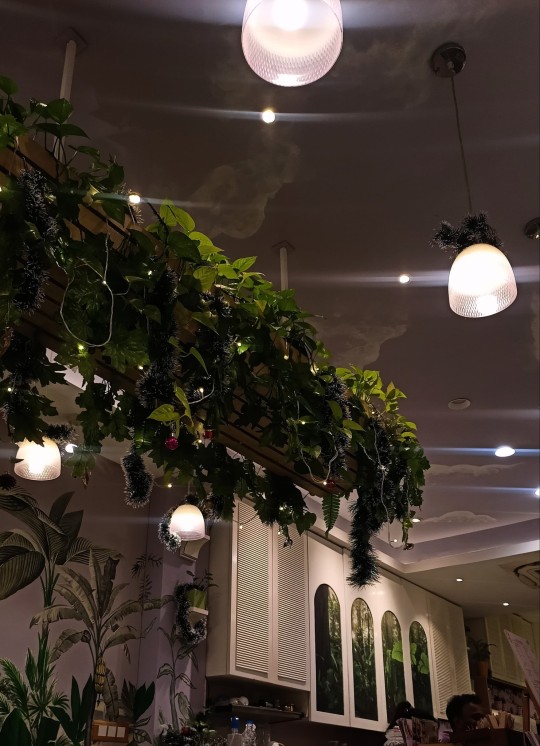

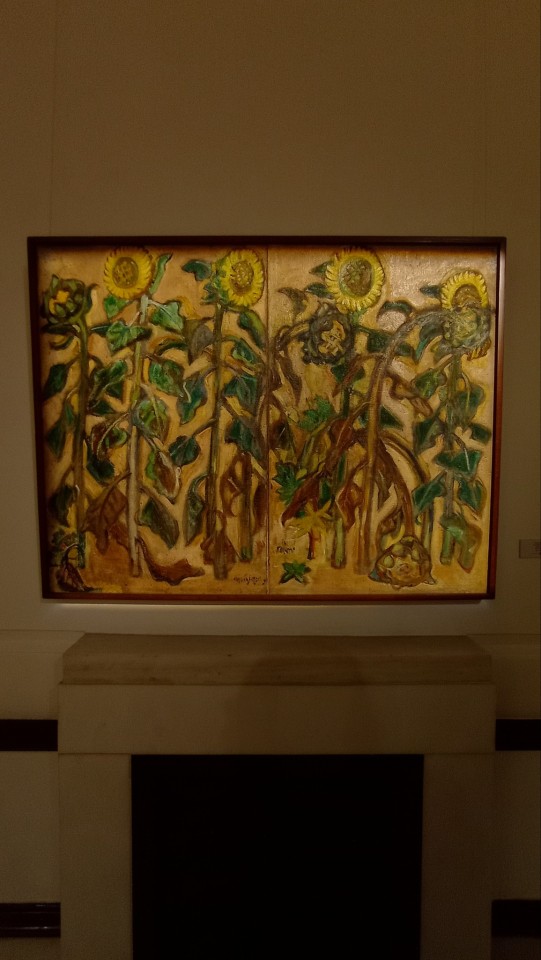

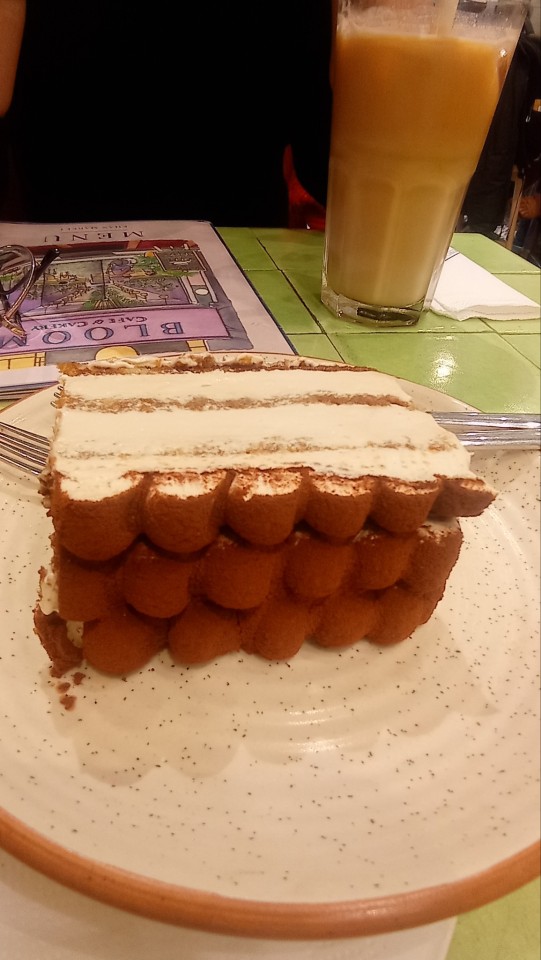
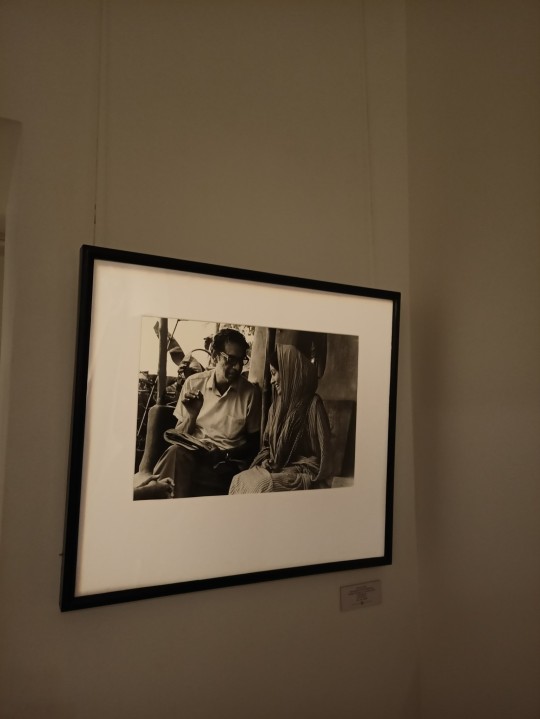


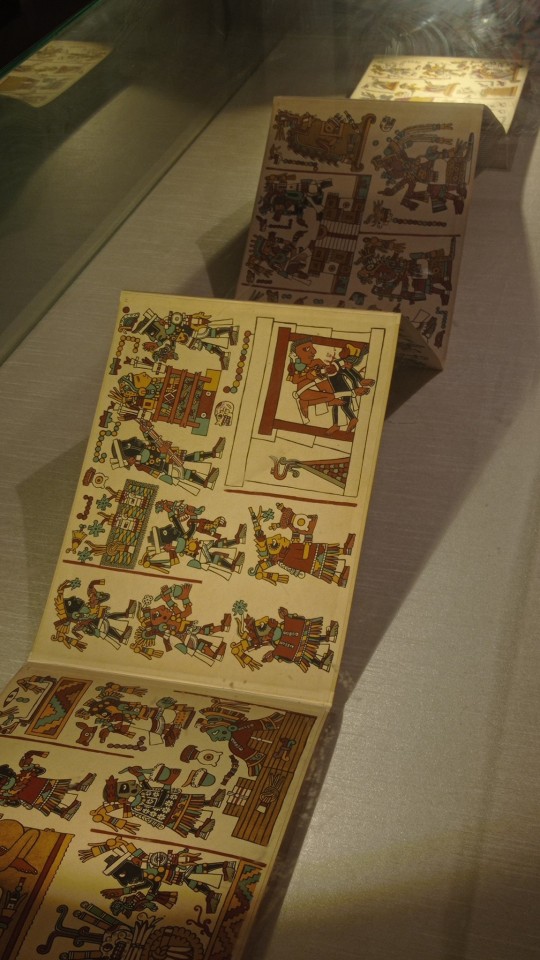
from my gallery (30/12/2023) - museum & cafe date with best friend <3
#national gallery of modern art#new delhi#museums#dark academia#dark academia aesthetic#aesthetic#classic academia#classic academia aesthetic#light academia#light acadamia aesthetic#academia#moodboard#nostalgia#desi#being desi#tiramisu#coffee#cappuccino#visual art#graphic art#art history#artwork#art#art museum#chaotic academia#history#gallery#art gallery#mine#miya's envelopes
100 notes
·
View notes
Text

Portrait of Begum Samru, born Farzana Zeb un-Nissa, married Christian name Joanna Nobilis Sombre (c. 1753-1836)
Unknown artist, Delhi School
watercolour on paper
Delhi, India, c. 1830
Starting her career as a dancing (nautch) girl, Begum Samru eventually converted from Islam to Christian Catholicism and became the ruler of the small territory of Sardhana in present-day Uttar Pradesh. She was the head of a professionally trained mercenary army consisting of Europeans and Indians that she inherited from her European husband, Walter Reinhardt Sombre after his passing in 1778. She built several palaces including at Chandni Chowk in Delhi. Stories have been written about her political and dipolomatic astuteness and the important battles fought by the troops under her command. This painting follows the format of a portrait miniature on ivory but is larger and on paper surrounded by a lavish decorative border. She is depicted older in age with her right hand holding the end of a hookah pipe. It may have been part of a set of portraits of Indian rulers of the 19th century.
#begum samru#Joanna Nobilis Sombre#Delhi school#art#watercolour#India#1830s#19th century#history#women
28 notes
·
View notes
Text
Aim of our saviour
My aim
IS TO SIMPLIFY
the unequalled spiritual knowledge of God so that the beloved souls of God can understand it.
- Savior of the world Sant Rampal Ji Maharaj

#dungeon meshi#delhi#donald trump#nature#art#humanity#landscape#landmineblr#bombay#brazil#bolivia#books#artists on tumblr#humor#gravity falls#india#sanewschennal#santrampaljimaharaj#kabir is real god#god kabir#poetry#poem#history#life#liveblogging
13 notes
·
View notes
Text
pov: museums are your second home 🦋

67 notes
·
View notes
Text
Time Travel Question 23: Ancient History XI and Earlier
These Questions are the result of suggestions from the previous iteration.
This category may include suggestions made too late to fall into the correct grouping.
Please add new suggestions below if you have them for future consideration. All cultures and time periods welcome.
Sorry about the extra potato.
#Time Travel#Sumatra#Indonesia#Toba Eruption#Tanzania#Mt. Kilimanjaro#Volcanoes#Metalworking#Delhi#Micronesia#Kofun#Japanese History#Emperor Constantine#Indigenous History#Kelp Highway Migration#Paleolithic#History of Food#Potatoes#The Andes#North America#Central America#South America#Domestication
50 notes
·
View notes
Text
Raat Ke Afsane : Night Walk in Qutub Minar
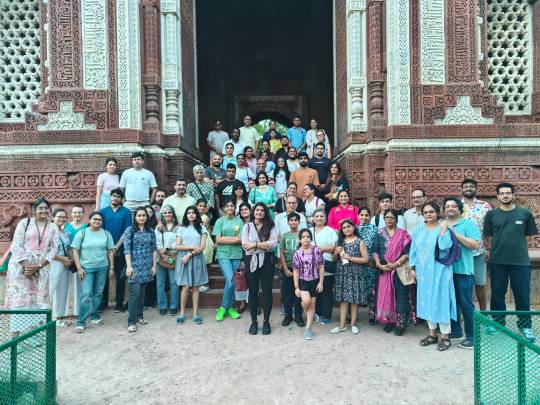
Walking tours in Delhi, Historic trails in Delhi, the heritage walk, Sightseeing in Delhi, Exploring Delhi History, Monument Walks, Historic Walking Tour, History of Delhi
Night walks in Delhi are a fantastic way for visitors to connect to the history of Delhi, appreciate its cultural richness and create lasting memories of their journey through time and history. The historic walking tours conducted in these monuments allow visitors to explore these iconic sites in a different light, quite literally.
One such experience is the Raat ke Afsane: Historic walking tour segment, conducted by Enroute Indian History in the Qutub Minar. Enroute Indian History, is a women led organization, established in 2019, trying to make Indian heritage accessible and fun through research and heritage walks.
Qutub Minar is a magnificent historical monument located in Mehrauli, New Delhi. It is one of the most famous and iconic landmarks in the city that holds significant architectural importance. Admire the intricate carvings and inscriptions on the minar and learn about its architectural style, which combines Indo-Islamic influences. Visit the tomb of Iltutmish, walk through the Alai Darwaza and experience one of the earliest and the most significant mosques of India.As the sun sets, the monuments within the Qutub complex are beautifully lit, creating a magical and ethereal ambience.
The heritage walks conducted by Enroute Indian History are led by knowledgeable and passionate professionals who are well-versed in history and the cultural significance of various monuments and landmarks in Delhi. The Raat ke Afsane: Night walk in Qutub complex is a 1.5 hours guided walk that would undoubtedly be a memorable experience, offering a unique perspective on the history of the city.
These walking tours in Delhi are also a great way to meet new like-minded people. If you are someone who enjoys sightseeing in Delhi and exploring heritage but are hesitant to go alone, these monument walks are an easy, affordable and a fun option for you to indulge yourself in the history of Delhi. Check out our website www.enrouteindianhistory.com to register for our signature Raat ke Afsane. Do follow us on instagram @enroute_indian_history_ .
youtube
#Walking tours in Delhi#Historic trails in Delhi#the heritage walk#Sightseeing in Delhi#Exploring Delhi History#Monument Walks#Historic Walking Tour#History of Delhi#travel#tourism#tours#tour#sight seeing#heritage tours#heritage walks#Delhi Heritage Walks#Guided walks in Delhi#History walks in Delhi#heritage walks in Delhi#custom heritage walks#Night Walks in Delhi#Morning Walks in Delhi#Delhi walking#Heritage trails in Delhi#Old Delhi Walks#Ladies Walk in Delhi#history walks#Delhi city walks#Historic Delhi#Youtube
0 notes
Text




MuseumSeries#1
National Museum, Delhi, India.
#history#historyblr#museum#museums#idol#sculpture#bronze#bronze sculpture#nataraj#painting#paintings#indian#indian history#delhi#india#monkey#northeast#tribal#wood#wooden sculpture
19 notes
·
View notes
Text




Dil. दिल्ली. دلبہار
#delhi#delhigram#دہلی#bookstore#books books books#faqir chand book store#national museum#india#history#studyblr#booklr#dark academia#light academia#dark acadamia aesthetic#light acadamia aesthetic#study blog#book blog#mine
37 notes
·
View notes
Text
i really lucked out with amc casting an asian man as armand because now i can use his origins and backstory as an excuse to exercise my obsession with asian histories on a centuries old vampiric character 🙏🙏 yayyyy
#mytext#armand#you WILL be subjected to my iwtv x history tag#and you WILL hear about the delhi sultanate & the eurasian slave trades
21 notes
·
View notes
Text
Delhi, the historical capital of India, is all about stories of the past. Among several landmarks, there’s one unusual place that stands out as a whispered legend of supernatural intrigue known as Machla Mahal. The place is still shrouded in mystery.
Let’s find out more about this mysterious place.
History of Malcha Mahal
For those who don’t know, Malcha Mahal is a Tughlaq-era hunting lodge built in 1325 by Feroz Shah Tughlaq. The palace is situated in Malcha, which is one of the pretty hamlets around Raisina Hill.
For centuries, the mansion remained abandoned before a mysterious family started living there. The family claimed to be descendants of the Nawab of Awadh. Wilayat Mahal, head of the family, along with her son Ali Raza and daughter Sakina Mahal started living inside the palace. She claimed to be the great-granddaughter of Nawab Wajid Ali Shah and for years, she used to live near the New Delhi station.
She demanded the Indian government to return her ancestral property, which was seized by the British illegally. Indira Gandhi, the then Prime Minister of India, got involved in this and after looking at the miserable condition of the family ordered to find a residence for Wilayat Mahal. Eventually Malcha Mahal was given to them and the family moved into the property in 1985.
Haunted tales
As per locals, the palace is haunted by the spirit of Begum Wilayat Mahal. She committed suicide after allegedly gulping down crushed diamonds. The last member of this mysterious royal family Prince Ali Raza also died in 2017. He was found dead inside the palace.
The reputation of Machla Mahal as one of the most haunted places in Delhi attracts a number of paranormal enthusiasts and thrill-seekers. Several visitors come here in the hopes of an eerie encounter, laced with modern cameras and voice recorders. Some also carry ghost-hunting equipment.
But irrespective of Machla Mahal’s haunted reputation, the place remains an important part of Delhi's historical heritage and it stands as a witness to the city's rich past.
#horror#history#historic#indian#indianheritage#delhi#new delhi#monument#educate yourself#education#historyindia
15 notes
·
View notes